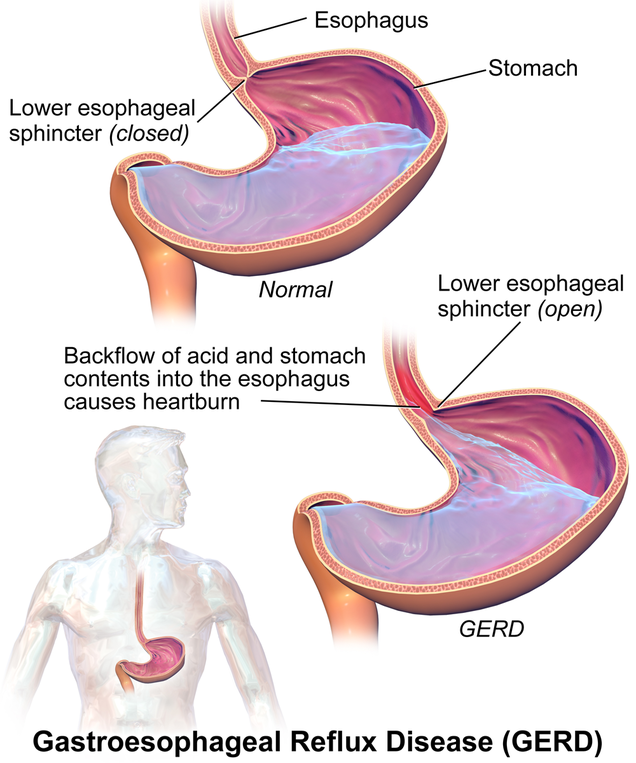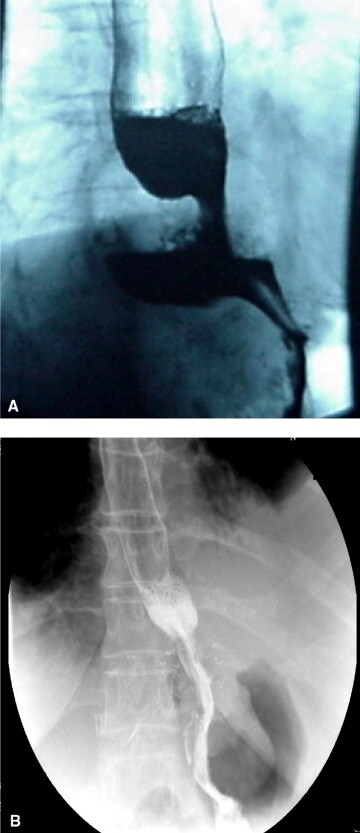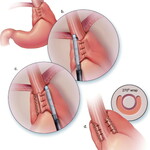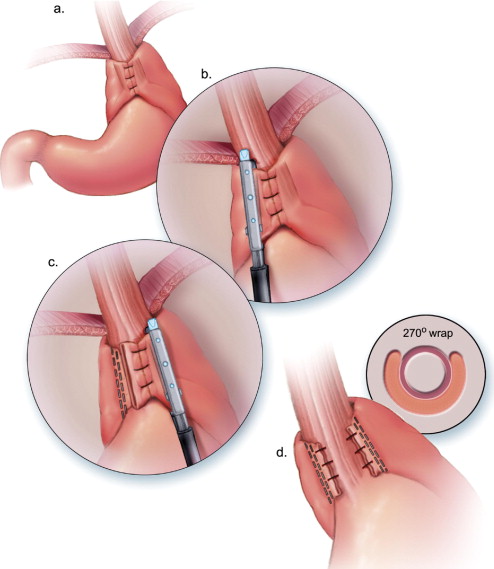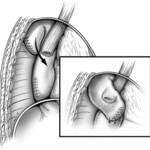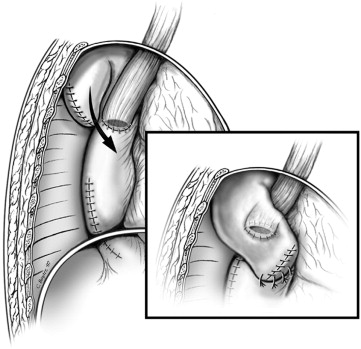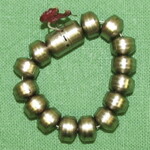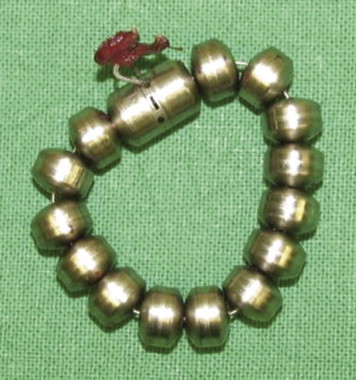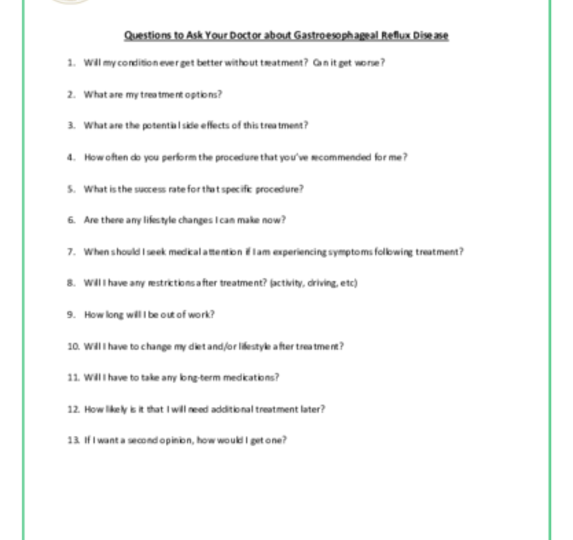Gastroesophageal Reflux Disease
The esophagus (ĕ-sof´ah-gus) is the hollow, muscular tube that moves food and liquid from your mouth to your stomach. A ring of muscle fibers at the bottom of the esophagus keeps the stomach contents from moving backward.
In some people, the muscles don’t work properly so the contents of their stomach flow backward into their esophagus and causes problems, such as heartburn or reflux. If this happens more than twice per week, you may have gastroesophageal reflux disease (GERD).
The National Institute of Diabetes and Digestive and Kidney Diseases (NIDDK) estimates that one in 20 people has GERD. The disease can affect anyone, including infants and children, but it is most likely to occur among those who are overweight, pregnant, smoke, or take certain medicines.
If you have symptoms of GERD, your doctor may first recommend over-the-counter antacids and lifestyle changes, such as losing weight, eating smaller meals, avoiding certain foods, and remaining upright for 3 hours after a meal.
You will need to adjust your eating after the surgery. Immediately after surgery, you should eat only soft foods.

